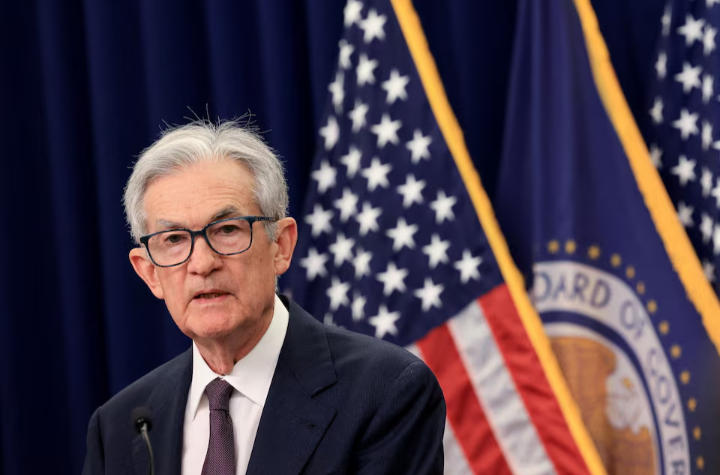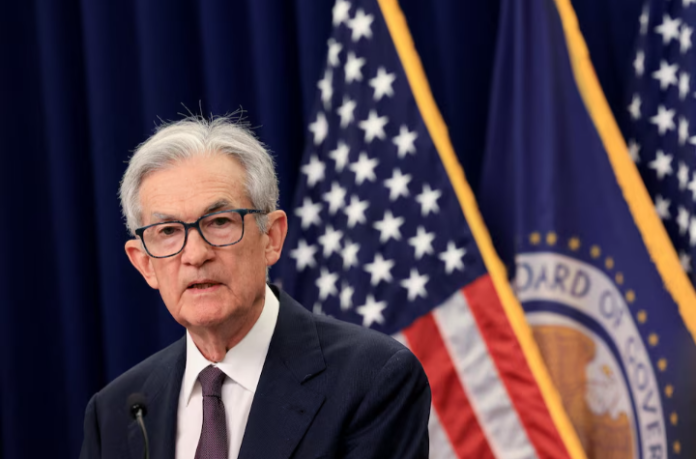President Donald Trump’s bold January declaration of a new “golden age” for the U.S. economy is now being met with a sobering dose of reality from the Federal Reserve. Despite promises of explosive growth and full employment, Fed projections show a cooling economy, rising inflation, and uncertainty driven by looming trade tariffs.
On Thursday, the Fed announced it would hold off on planned interest rate cuts, at least until the fall. Fed Chair Jerome Powell emphasized that the central bank is adopting a cautious approach as the full effects of Trump’s aggressive tariff agenda have yet to unfold. Officials are now forecasting fewer and slower rate cuts — and at higher levels — than previously expected.
Economic Optimism Fades
Late last year, the U.S. economy was riding high: above-trend growth, falling inflation, and strong employment. But six months into Trump’s second term, that outlook has dimmed. Instead of easing interest rates as initially planned, the Fed is now preparing for sustained inflation and a possible uptick in unemployment.
Trump has sharply criticized Powell for the Fed’s hesitation, even suggesting he could replace him. The President continues to pressure the Fed for rapid rate cuts, citing low inflation data and comparing the Fed’s policy to that of more accommodative central banks in Europe.
But Powell has pushed back, saying the economic uncertainty — especially around tariffs — demands patience. “We feel like we’re going to learn a great deal more over the summer,” he said, referring to the July 9 deadline for countries to finalize trade deals or face steep new tariffs, including a 50% levy on imports from the EU.
Tariff Tensions Clouding the Future
The most aggressive of Trump’s trade threats, announced on “Liberation Day” in April, were temporarily delayed after sparking panic in financial markets. Only a limited deal with the UK has been completed so far. As July approaches, businesses are bracing for the impact of renewed tariffs, which could further slow economic activity.
Despite some stabilization in bond markets and a rebound in stock prices, the Fed’s data paints a grim picture. GDP growth for 2025 is now expected to drop to 1.4% — down from 2.1% in December. Unemployment is projected to climb from 4.2% to 4.5% by year’s end. Inflation is also moving in the wrong direction, with the Fed now expecting it to hit 3% and remain above its 2% target until at least 2026.
Job Market Still Stable – But for How Long?

While Powell insists the labor market remains “solid,” he warns that job creation is slowing. “Labor demand is softening,” he said. “There’s not a lot of layoffs, but also not a lot of hiring.” If job losses increase and hiring remains weak, unemployment could spike faster than anticipated.
Businesses, once shocked by April’s tariff announcements, are starting to adapt. “It feels much more constructive now,” Powell noted, hinting that the worst-case recession scenario may be off the table — but that doesn’t mean smooth sailing ahead.
For now, Trump’s “golden age” promise is facing resistance not from political rivals, but from economic fundamentals. The months ahead will determine whether his policies can deliver the boom he envisioned — or whether Americans will feel the sting of his trade gambits at home.



